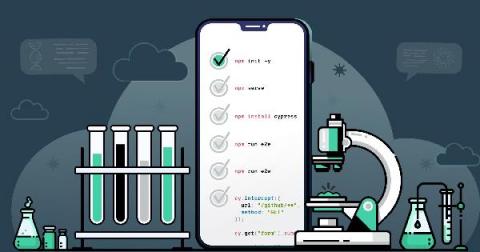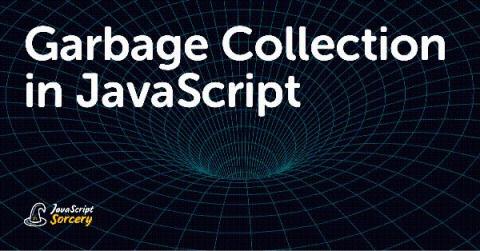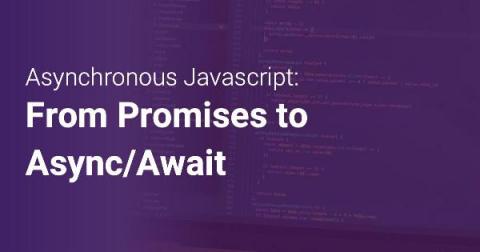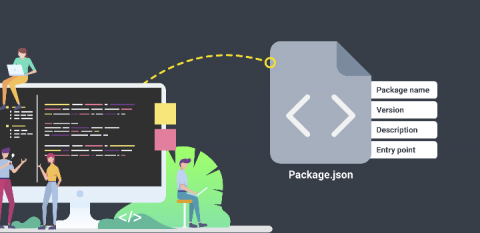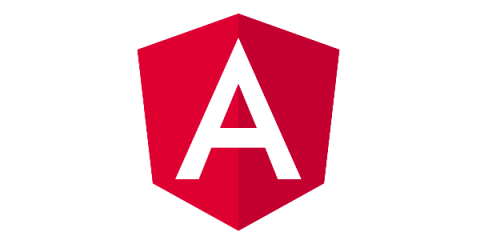End-to-End Testing on a JS App
There’s no doubt which programming language is winning the battle for global supremacy right now. JavaScript has powered past the 12 million developers mark, and 5 million of its loyal fans (some 40%) have come aboard within the last three years. Initially thought of as merely a Java spin-out, it is now used to power everything from machine learning libraries to space exploration robots. But to truly maximize the potential of JavaScript, developers have to implement an effective testing regime.


